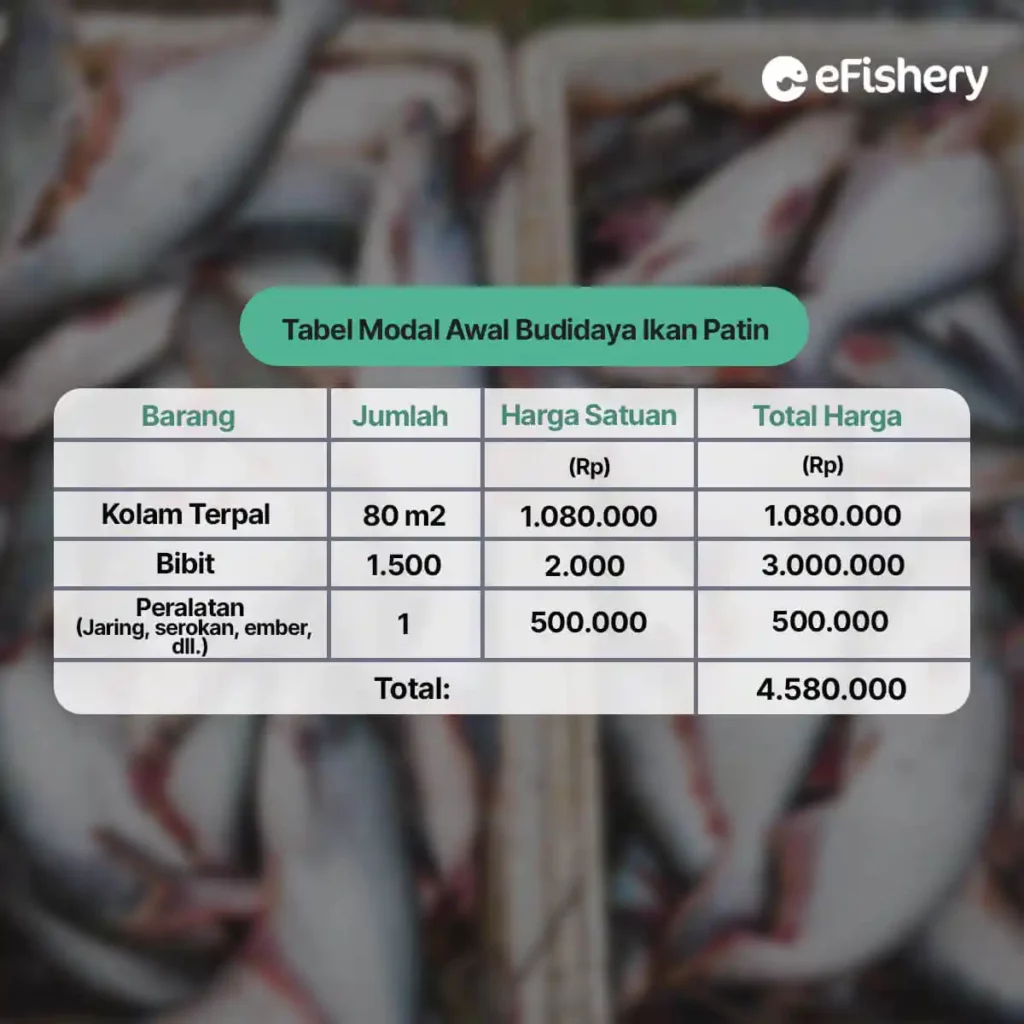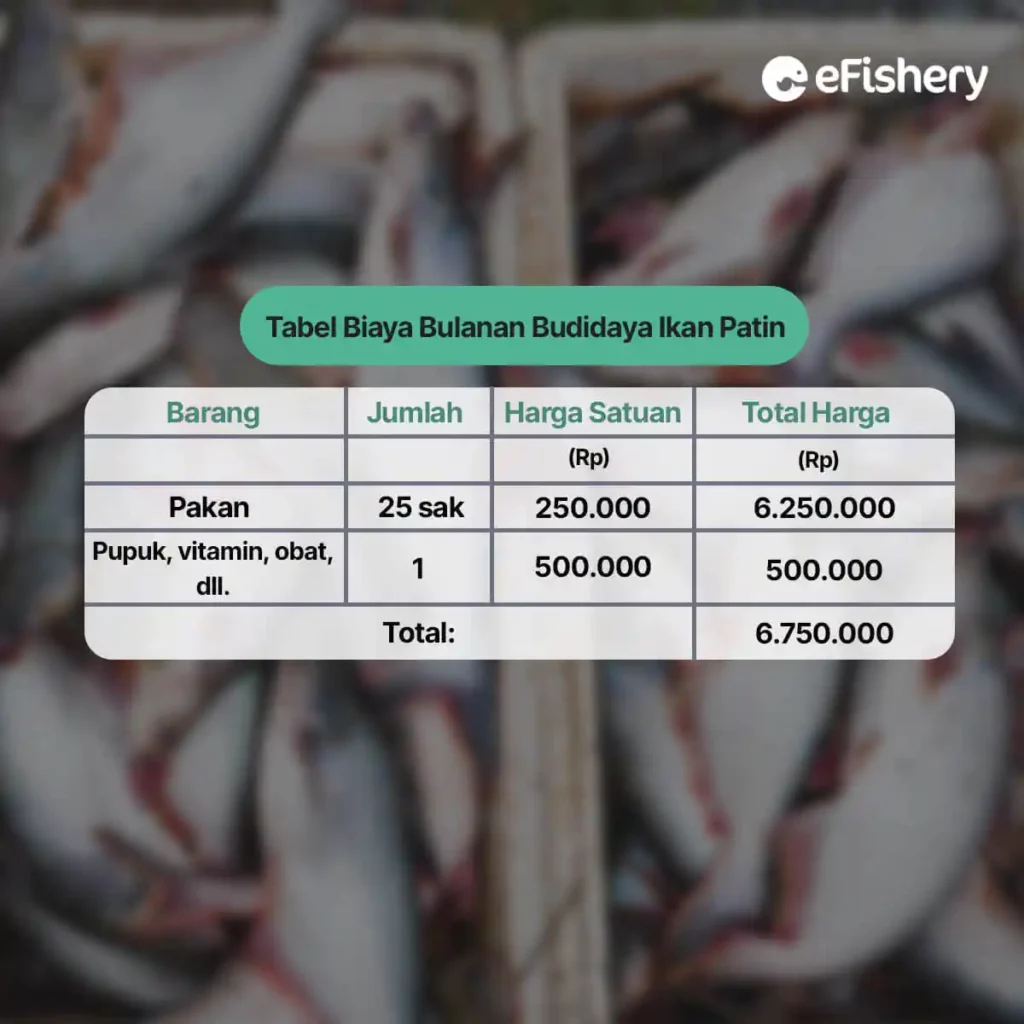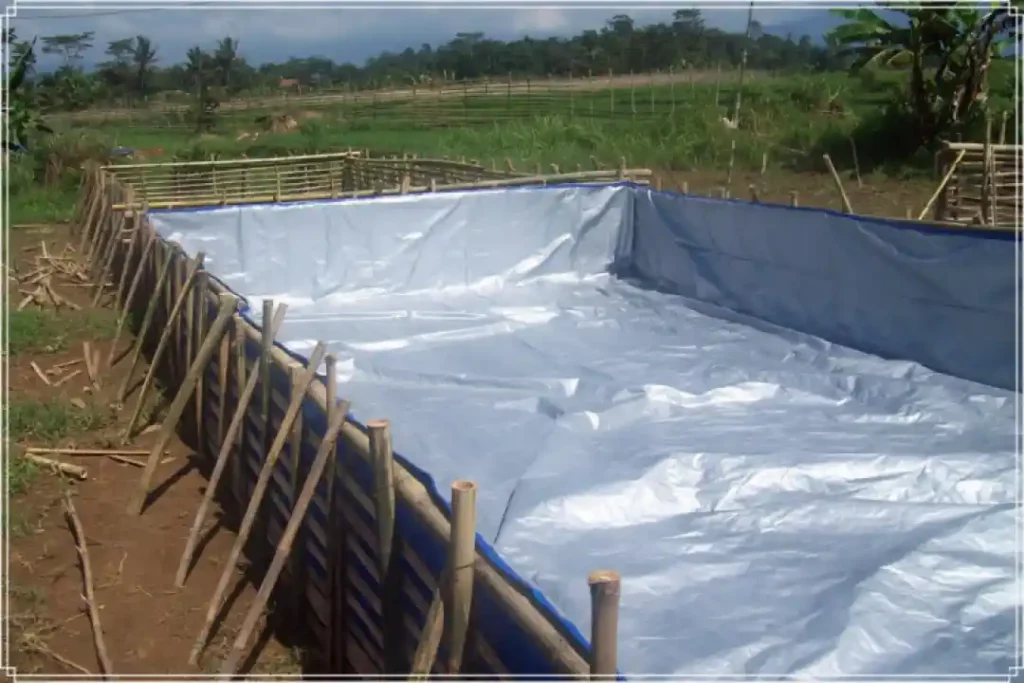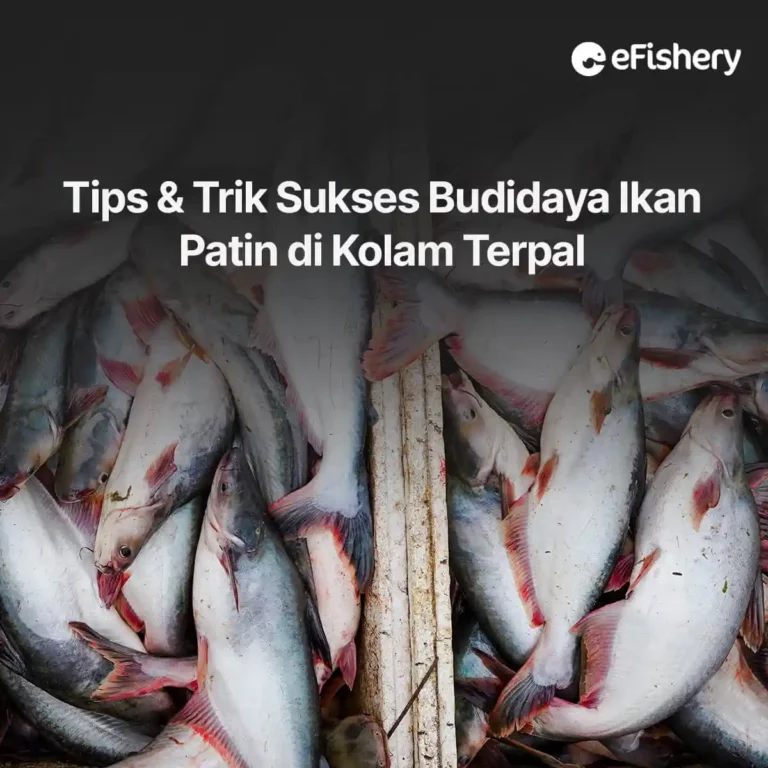Many cultivators are interested in starting catfish farming in tarpaulin ponds because it can save on cultivation costs. Making a tarpaulin pool does not cost as much as the cost of making an earthen pool and a concrete pool. Even though it doesn't cost much, some types of tarpaulin can be used for up to 5 years, you know!
In addition, tarpaulin ponds were also known to be very efficient and left no damage to the ground after the cultivation cycle ended. Intrigued by the analysis, methods and tips for cultivating catfish in tarpaulin ponds? Come on, see this article to the end!
Analysis of Catfish Cultivation in Tarpaulin Ponds
After knowing the prospects for the catfish business, it's time for you to do an analysis of catfish farming in tarpaulin ponds. In cultivating catfish, there are 2 types of capital that must be prepared, namely capital that is only issued at the beginning of cultivation and capital that is issued every month.
Speaking of capital, one of the capital that you must prepare is capital for ponds or cultivation media. The ideal size for a catfish pond of 1,500 is 80 m2. Come on, see the price of a pool of this size and other initial capital details!

In addition to the costs above, there are costs that you must pay each month. The time you need to harvest catfish from the beginning of the cultivation cycle is 6 months. Come on, see the table below to find out the amount that must be spent for 6 months of cultivating catfish!

So you need a capital of IDR 11,330,000 to cultivate 1,500 catfish. Then what are the benefits of cultivating catfish in tarpaulin ponds that can be obtained?
Within 6 months, catfish can be harvested weighing around 1 kg. If we assume the successful cultivation of 85%, the number of catfish that can be harvested is 1,275 individuals. So, the total weight of the catfish that you can harvest is 1,275 kg.
If you sell catfish on the market at a price of IDR 30,000 per kg, then you can make a profit of IDR 38,250,000 in one harvest.
| Total Fish Weight | Price per Kg | Total Profit |
| 1.275 | IDR 30,000 | IDR 38,250,000 |
Advantages and Disadvantages of Cultivating Catfish in Tarpaulin Ponds

Tarpaulin pools are the least expensive type of pool compared to earthen pools and concrete pools. This type of pond is suitable for beginner cultivators who have minimal capital and small land because it doesn't take up too much space. However, there are some advantages and disadvantages of tarpaulin pools that you need to consider before using them.
Following are the advantages and disadvantages of tarpaulin ponds as catfish farming ponds:
Excess:
- The survival rate of fish reached 80%
- Cultivator can easily monitor the condition of fish growth and development
- Can be built in tight locations
- Cheap pool construction costs
- Does not leave the smell of mud on catfish
- Easier to clean
Lack:
- Leaks easily
- Easy to collapse and break
How to Cultivate Catfish in a Tarpaulin Pool
In contrast to earthen ponds and concrete ponds, the method of cultivating catfish in tarpaulin ponds is done specifically in order to make catfish grow well. Here are the ways:
1. Pool Preparation
Pond preparation is an important factor in cultivating catfish. This is because a bad pond can be a nesting place for fish disease. Before starting the catfish farming cycle in a tarpaulin pond, it's a good idea for you to make sure the drainage system, pH, water quality, and so on are running well.
The length of the tarpaulin used to make the pond is 8-12 m with a width of 6-8 m. This size will result in a tarpaulin pool 8-10 m long, 4-6 m wide, and about 1 m deep.
After that, you can level the land to be used as the bottom of the pool using a hoe and spread sand with a thickness of 10 cm. As a support to keep it sturdy, use poles or woven bamboo in the corner of the tarpaulin pool. Then, attach the tarpaulin to the support to form a rectangle.
2. Selection and Distribution of Catfish Seeds
Not all catfish seeds sold in the seed market are of good quality. There are high-yielding seeds that grow quickly and there are low-yielding seeds that grow slowly. The following are the characteristics of superior quality catfish seeds:
- Balanced head and body size
- Move agile
- Bright body color
- Seeds from quality and certified breeders
After obtaining superior seeds, the next stage of seed stocking begins. But before sowing the seeds, make sure the pond water has overgrown with plankton which will later become the catfish's natural food.
Before sowing the seeds, you also need to put a plastic bag filled with seeds that are still tied into the pond for 15 to 20 minutes to adjust the temperature. Then, slowly untie the bag and make sure the pond is not too crowded. Spread the seeds in the afternoon when the sun is not too hot.
3. Feeding
Feeding is an important factor in the process of cultivating catfish. Nutritious feed will improve the quality and speed of catfish growth. In catfish farming, there are 2 types of feed that you can choose to use. The two types of feed are natural feed and artificial feed. For intensive cultivation, usually many cultivators use artificial feed in the form of pellets because it can accelerate fish growth.
In addition to choosing the type of feed, setting the frequency and dose of feed given must also be considered because it greatly influences the development of catfish. If the amount of feed is too much, the feed will settle to the bottom of the pond and can poison the fish.
Give pellets to the catfish with a composition of ¾ of the fish's body weight. The frequency of feeding catfish fingerlings is 4-5 times a day. Meanwhile, the frequency of feeding adult catfish is 3 times a day.
4. Harvesting Catfish
Catfish are usually ready to be harvested after 5-6 months of cultivation. Before the harvesting process, make sure you already have potential buyers who are ready to receive the catfish when it is finished harvesting. This is because catfish which are still fresh and live are valued more expensive and are preferred by consumers. To harvest catfish, pay attention to the following ways:
- Leave the volume of water in the pool up to 1/3 part.
- Prepare a net to catch catfish.
- Harvest the fish carefully so that there are no injuries to the body.
- Immediately enter the harvest into fresh water.
- Use water with a temperature of 20 °C in a transparent plastic bag to keep the catfish fresh
- Add oxygen to the bag to keep the fish alive.
After that, the fish is ready to be distributed to customers!
Tips for Successful Cultivating Catfish in Tarpaulin Ponds
One of the tips for cultivating catfish in a tarpaulin pond for success is good and correct management of pond water quality. Water management is carried out by changing the water regularly once in 2-3 weeks to remove food residue and fish feces.
Water replacement is done gradually by removing 1/3 of the water at the bottom of the pond. After that, immediately add clean water slowly when the volume starts to decrease. Water management must also be carried out intensively during the dry season because water will evaporate faster this season.
In addition to carrying out good and correct water management, you must also be smart in choosing the type of tarpaulin to use. To make a tarpaulin pool, use plastic sheeting with A5/A6 thickness. With this type of thickness, tarpaulin pools can last up to 5 years. So, you don't need to pay for pond construction anymore for the next few cultivation cycles.
Kabayan, The Secret to Success in the Catfish Cultivation Business
Bagi Bapak/Ibu yang ingin mengembangkan bisnis budidaya ikan patin, kabar baiknya kini budidaya ikan patin bisa lebih mudah dengan aplikasi eFisheryKu
eFisheryKu adalah aplikasi yang dibuat untuk membantu Bapak/Ibu memajukan bisnis budidaya ikan. Aplikasi ini dilengkapi dengan berbagai fitur untuk mendukung proses budidaya, seperti akses ke lembaga keuangan yang terpercaya, terdaftar, dan diawasi oleh OJK, melalui Kabayan (Kasih, Bayar Nanti).
As is Kabayan, Bapak/Ibu bisa mendapat pakan, benih, dan sarana produksi lainnya yang bisa dibayar setelah panen. Keuntungan menggunakan Kabayan lainnya adalah proses cepat, bunga rendah, persyaratan mudah, akad perjanjian bisa secara syariah, pemesanan pakan atau saprokan melalui aplikasi, serta promo menarik lainnya. Pengajuan Kabayan it's also easy, you can register through the application eFisheryKu.
Tunggu apa lagi? Nikmati berbagai kebermanfaatan Kabayan dengan mengisi form di bawah ini!
Get Access to Financial Institutions that are Trusted, Registered & Supervised by OJK!
Fill in your personal data in the following form. Our team will immediately contact you via the number cellphone attached. Make sure the data entered is correct.
Questions Regarding Catfish Cultivation in Tarpaulin Ponds
Catfish that are cultivated in tarpaulin ponds can be harvested after 5-6 months of cultivation.
Yes, catfish can be cultivated in tarpaulin ponds. Apart from tarpaulin ponds, catfish can also be cultivated in earthen ponds and concrete ponds.
- https://www.minapoli.com/info/cara-budidaya-ikan-patin-di-kolam-terpal-cocok-untuk-pemula
- https://berita.99.co/budidaya-ikan-patin-di-kolam-terpal/
- https://ilmubudidaya.com/cara-budidaya-ikan-patin-di-kolam-terpal
